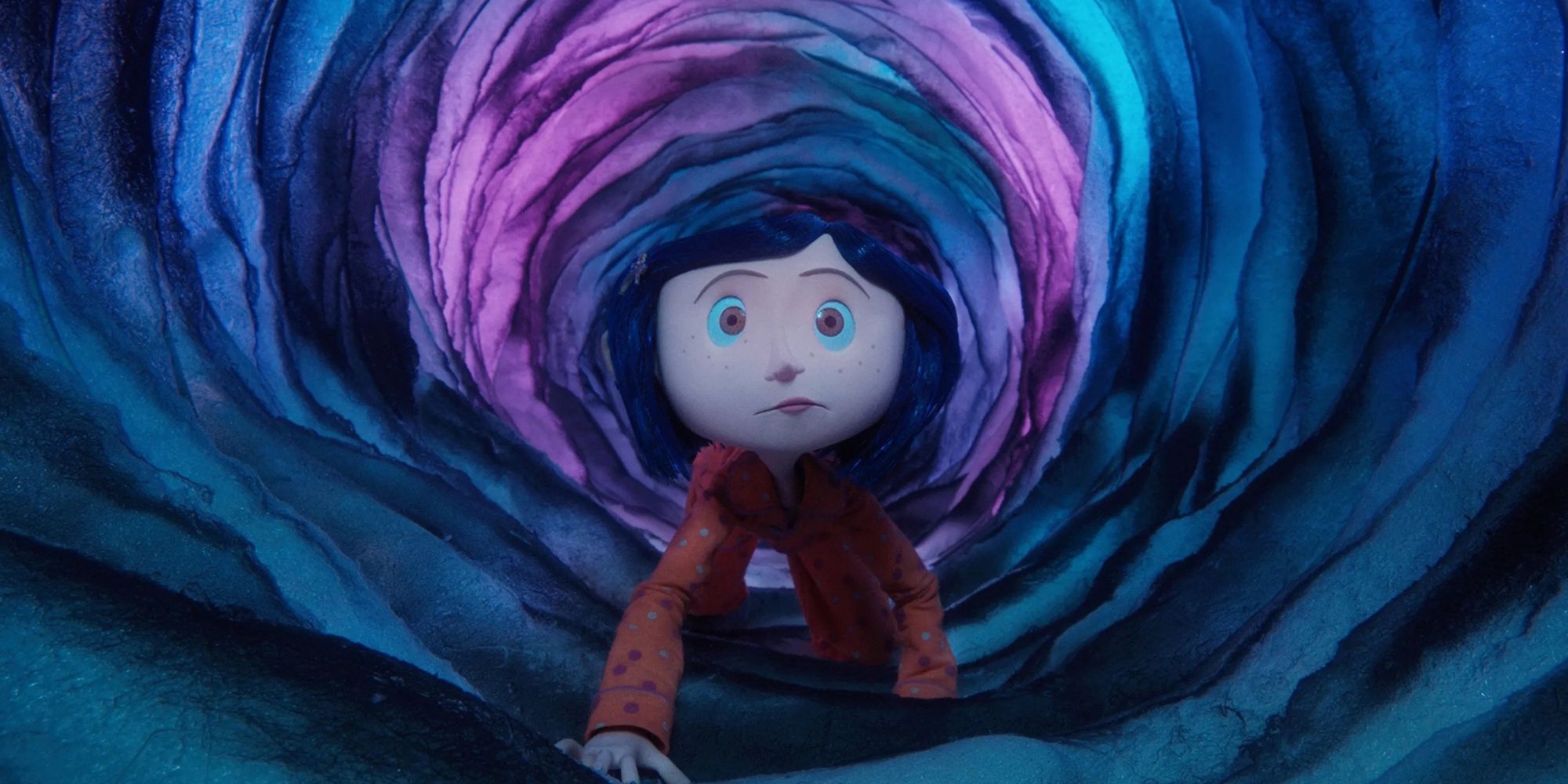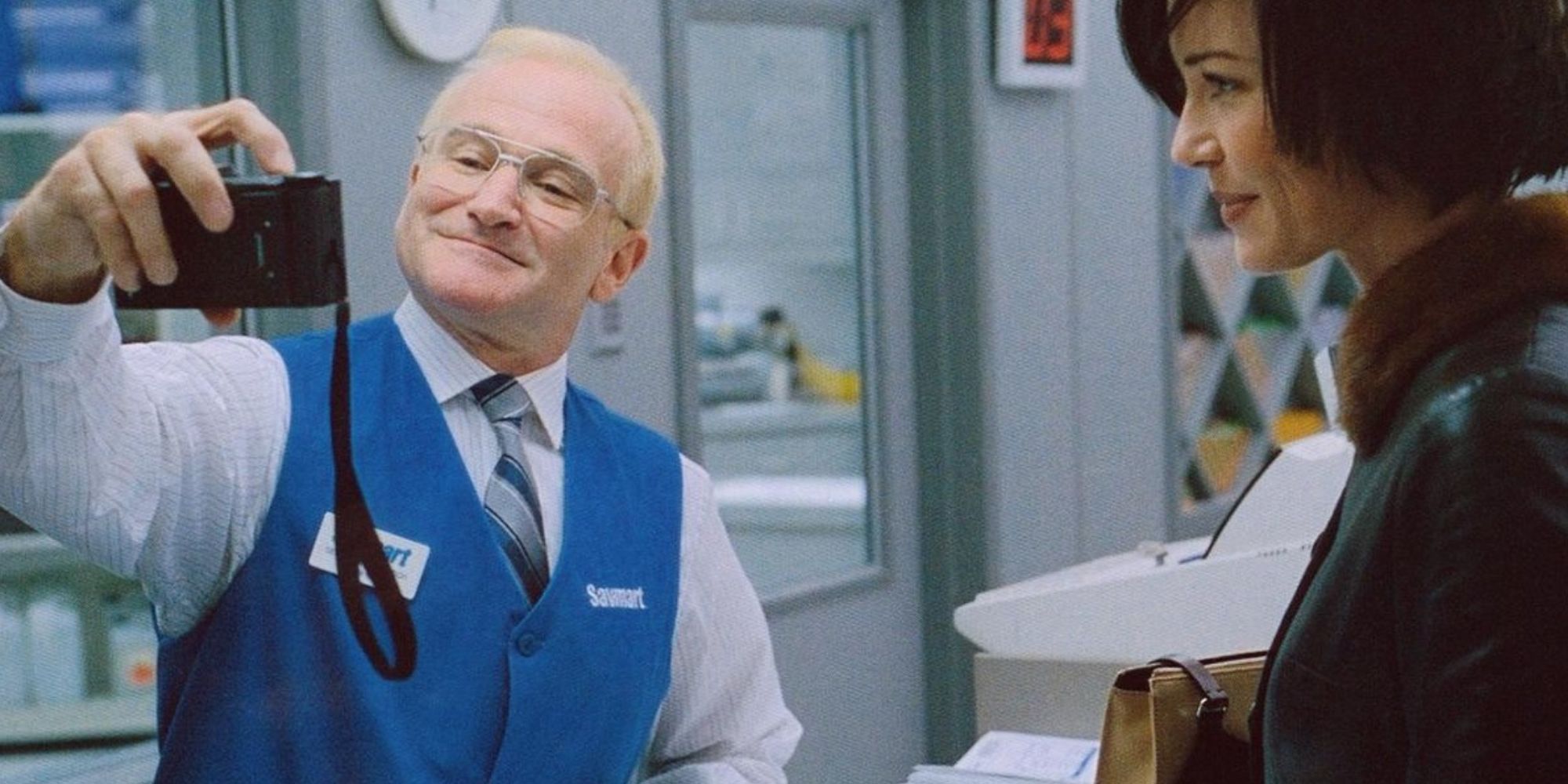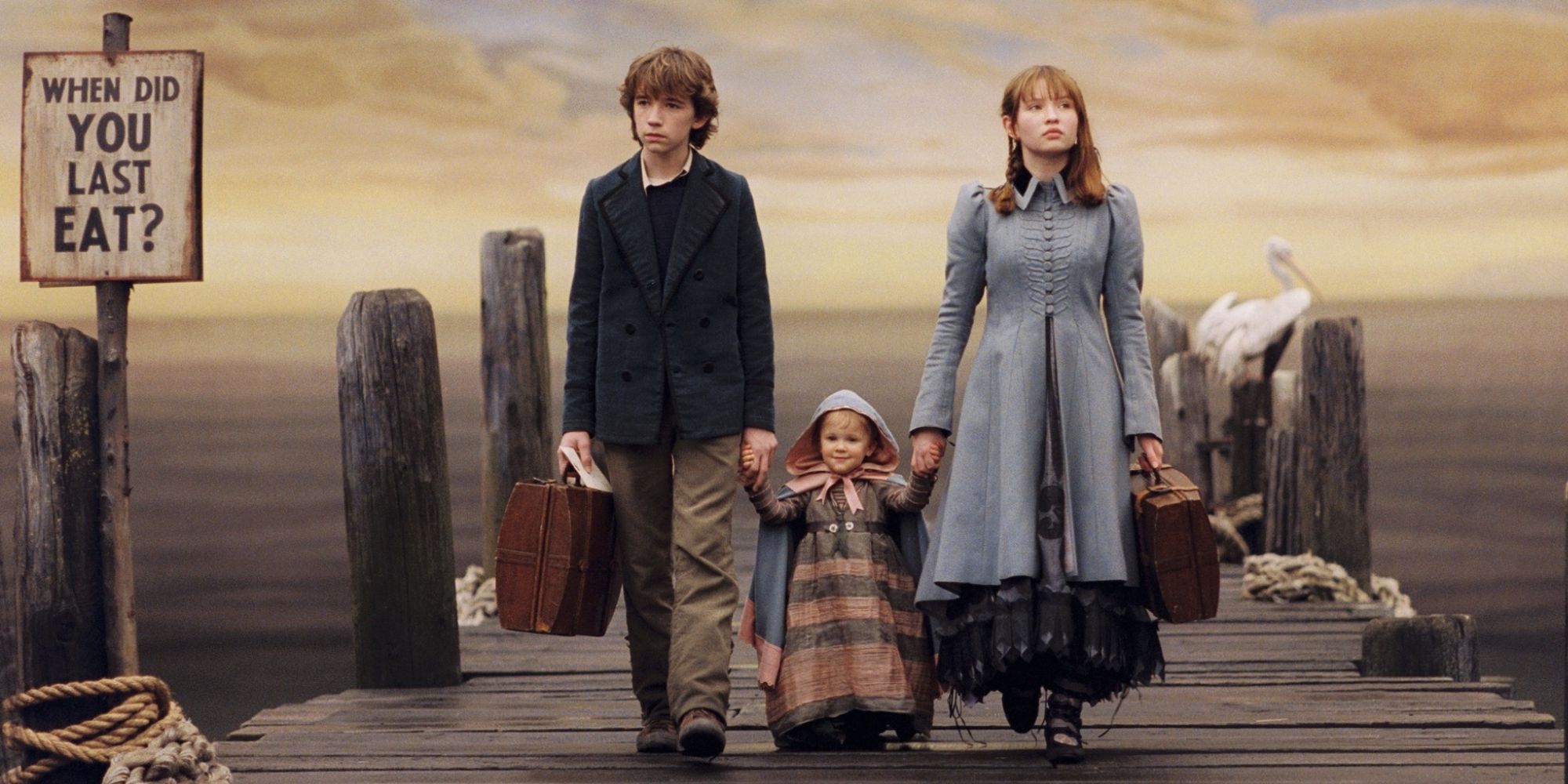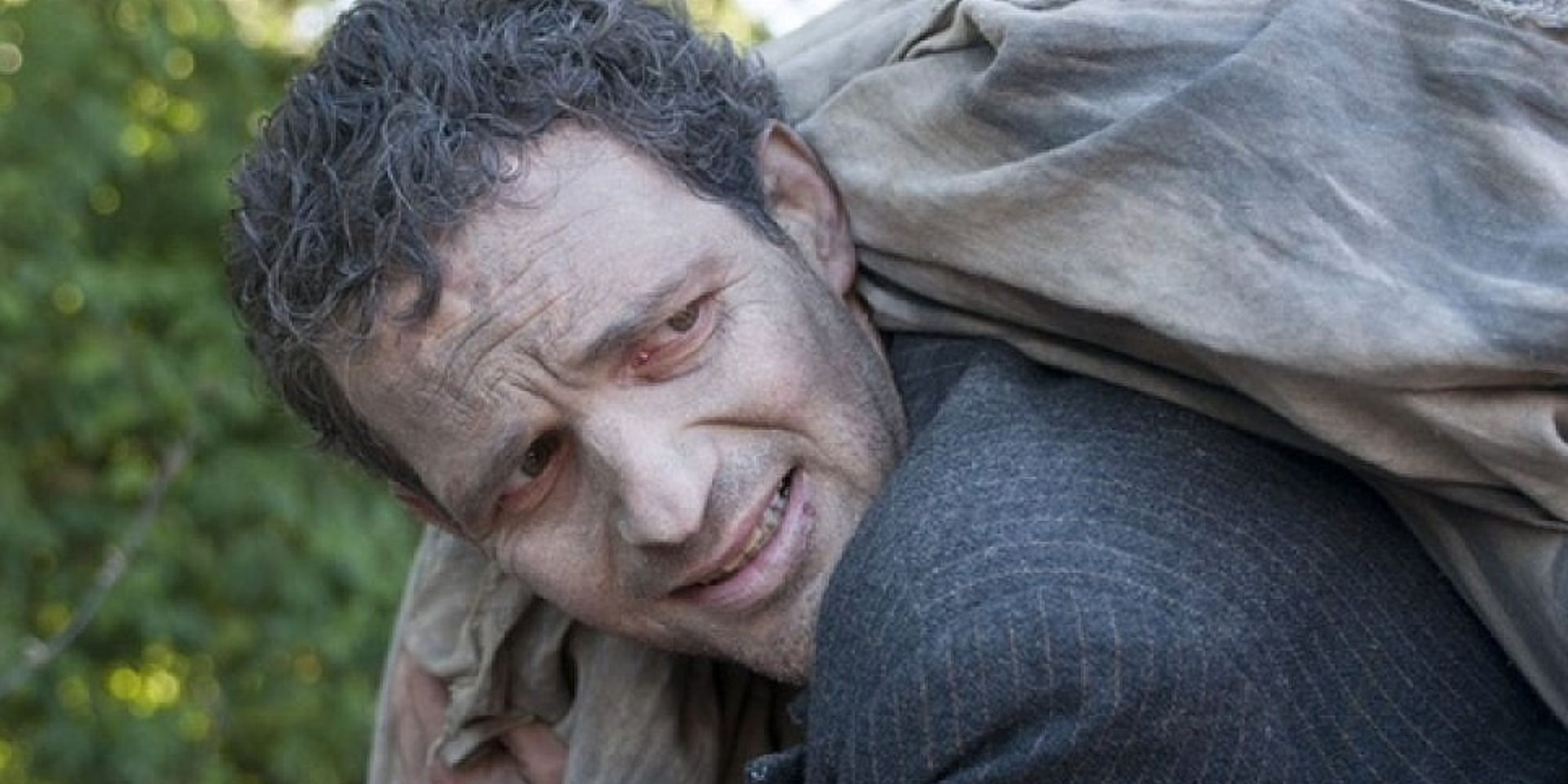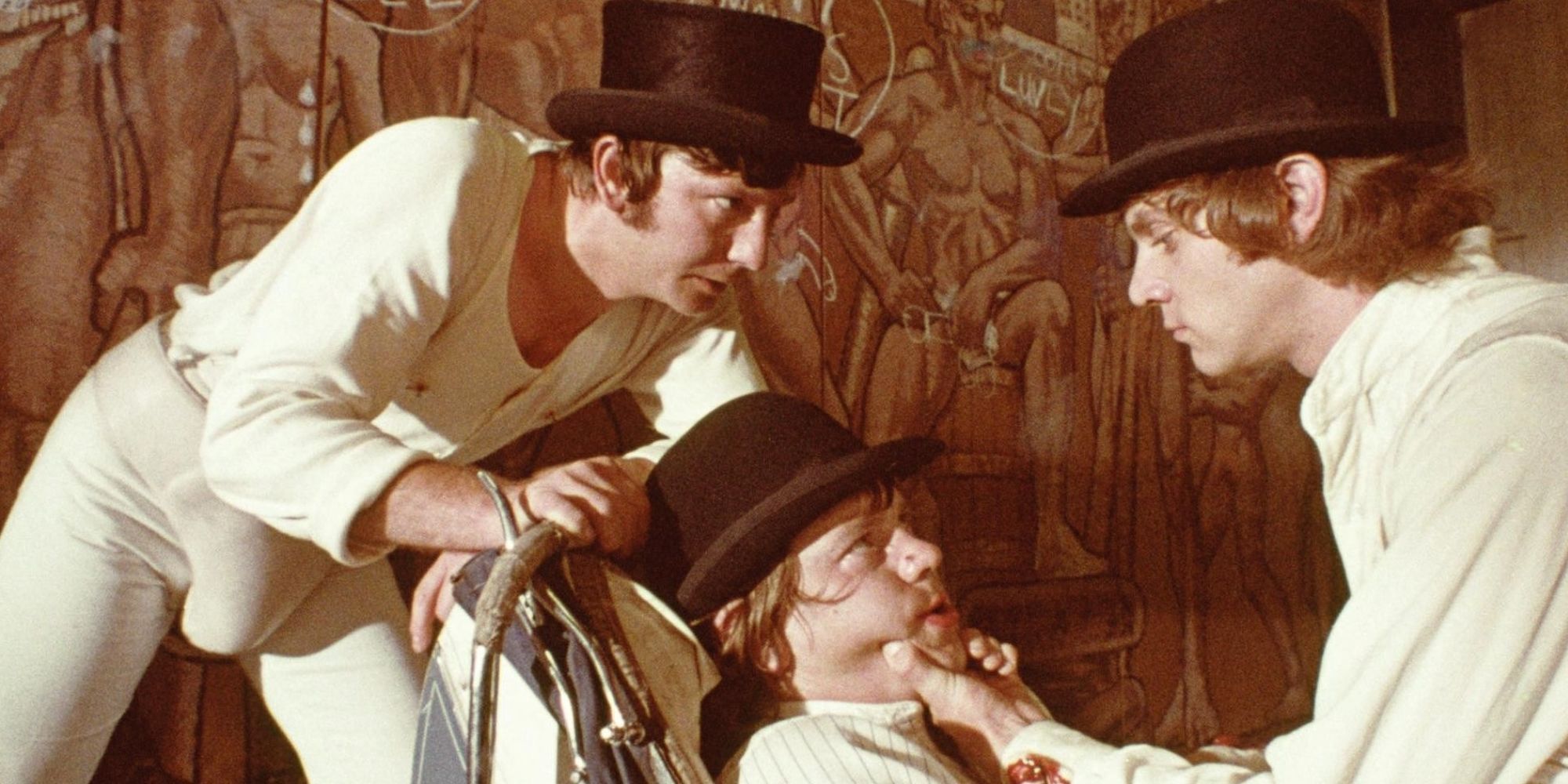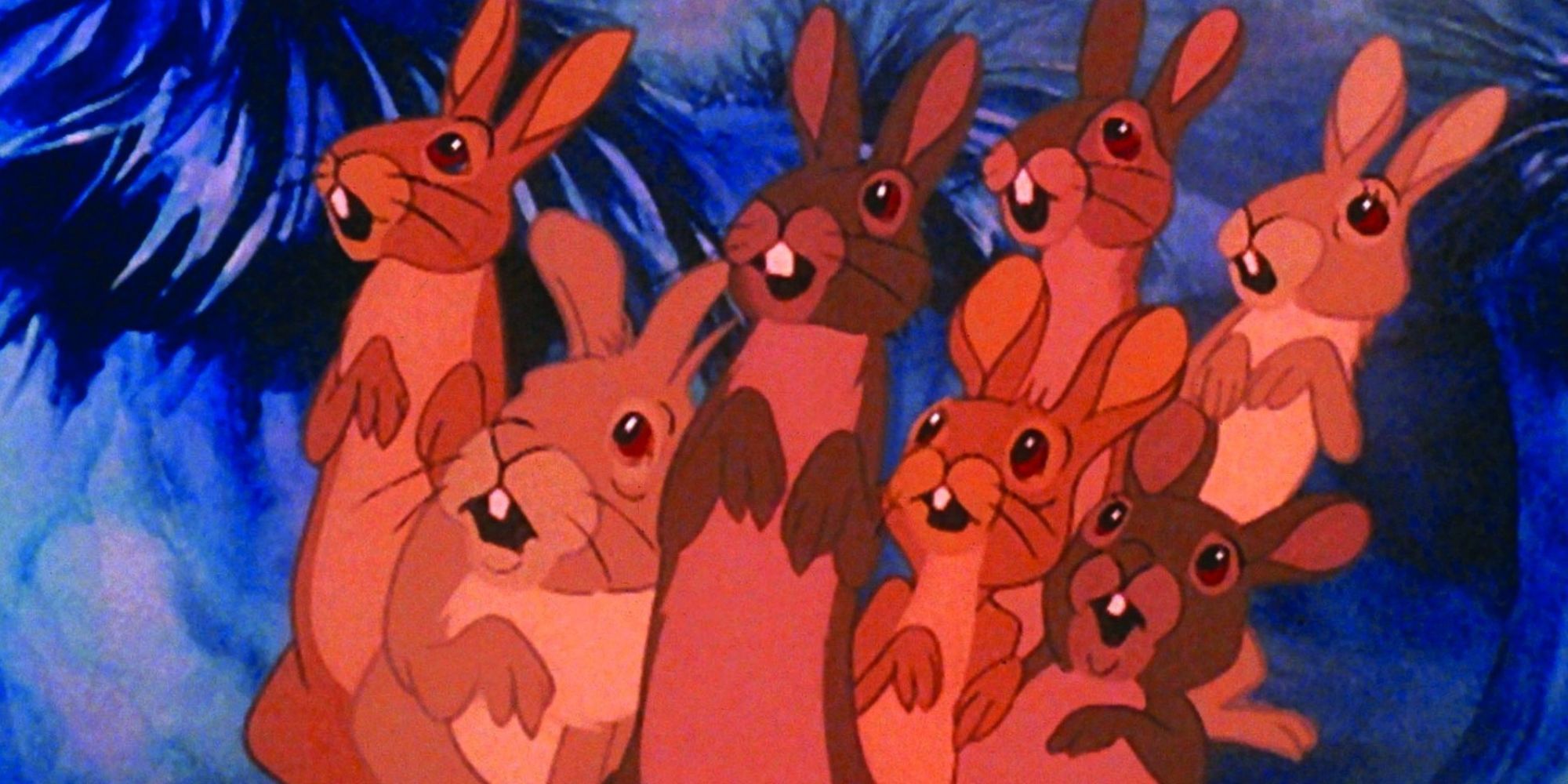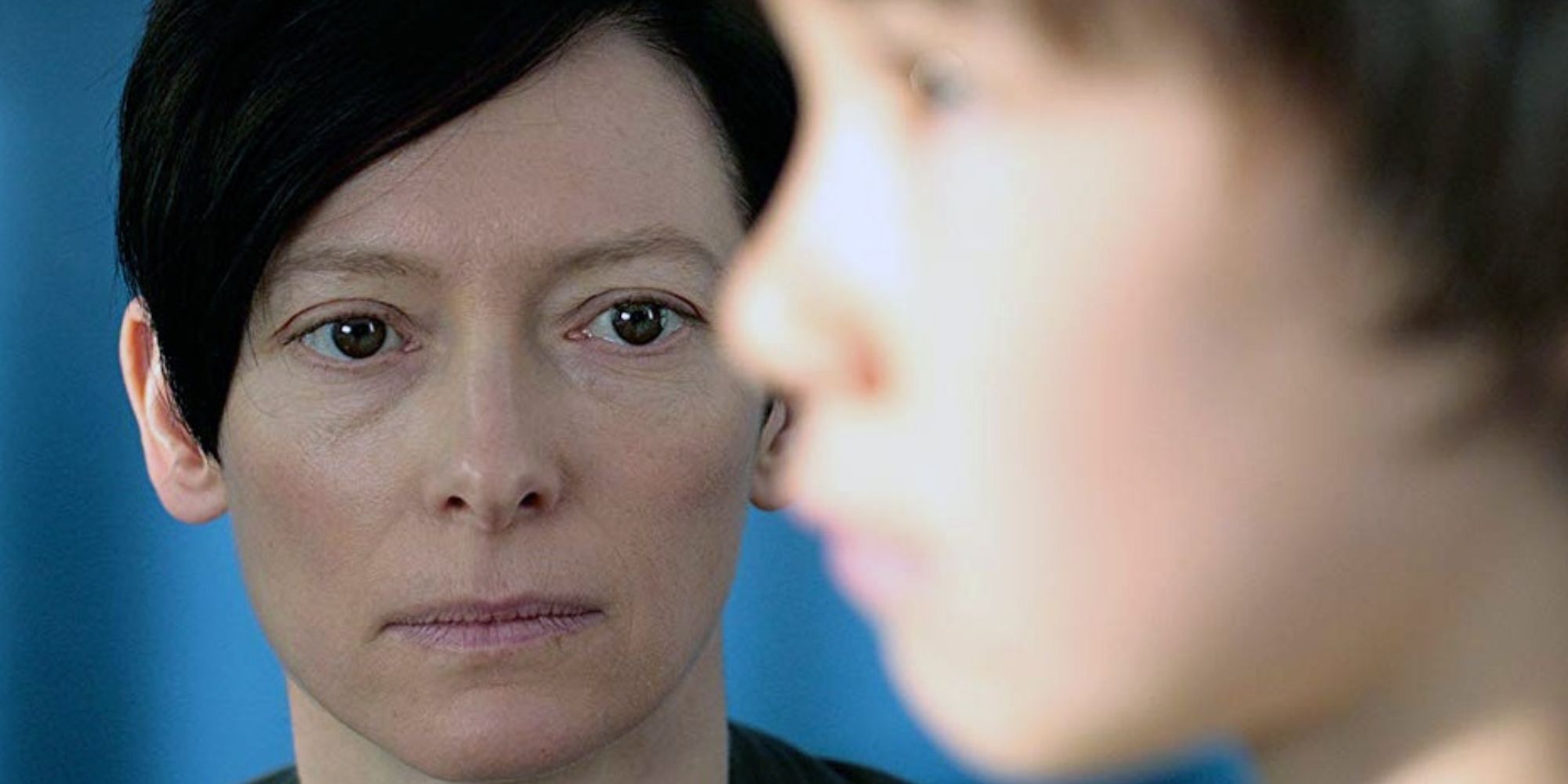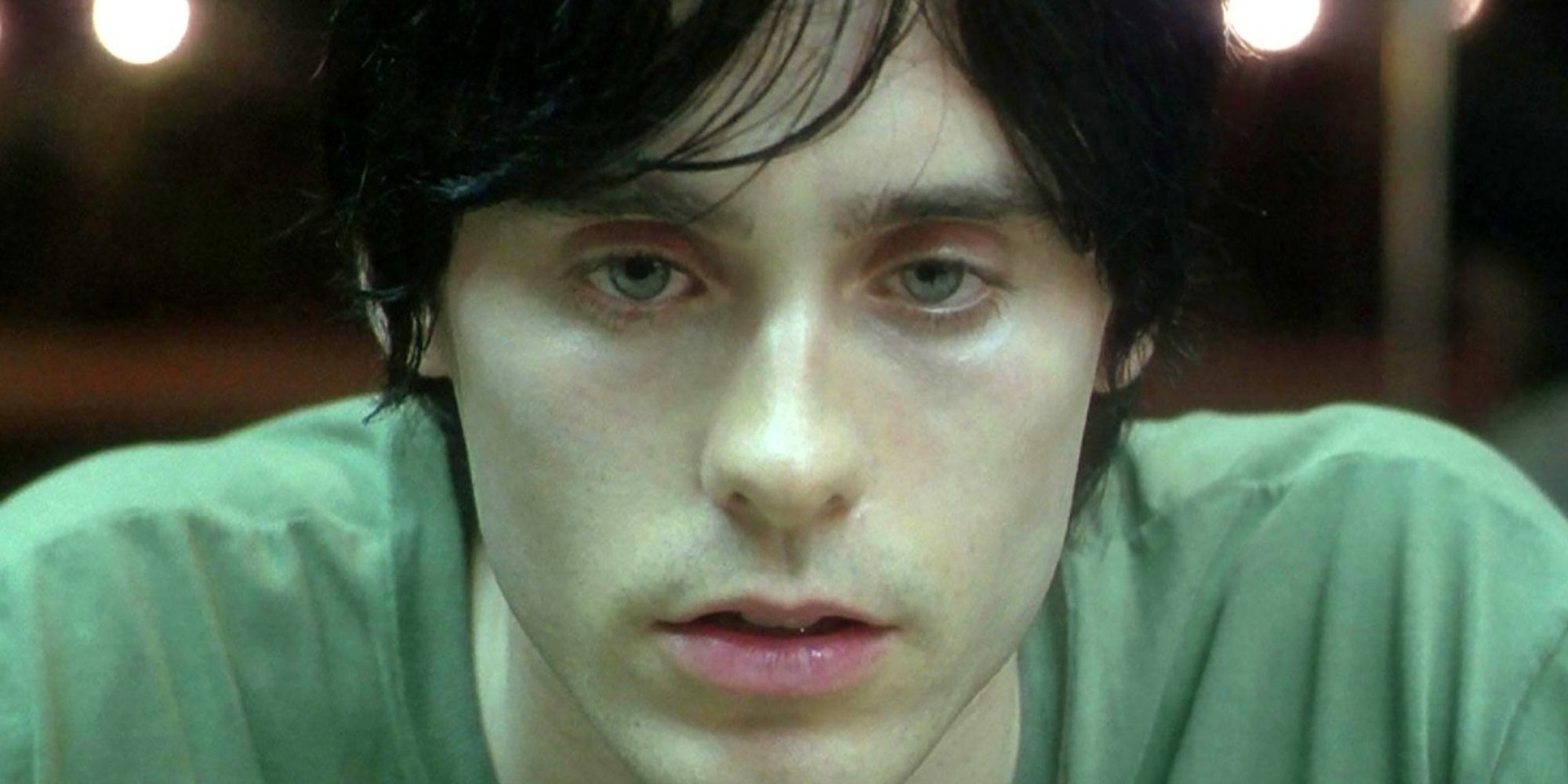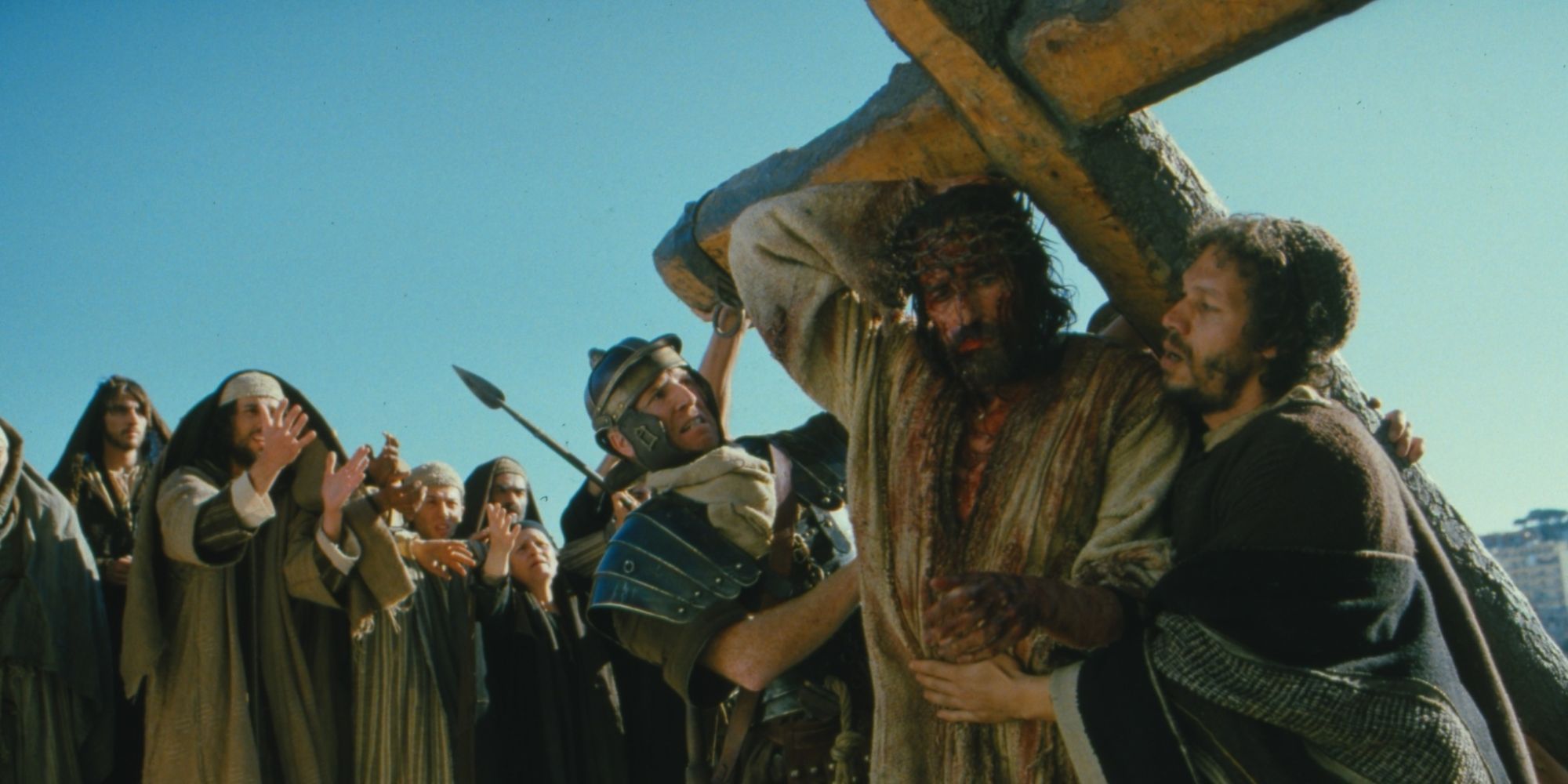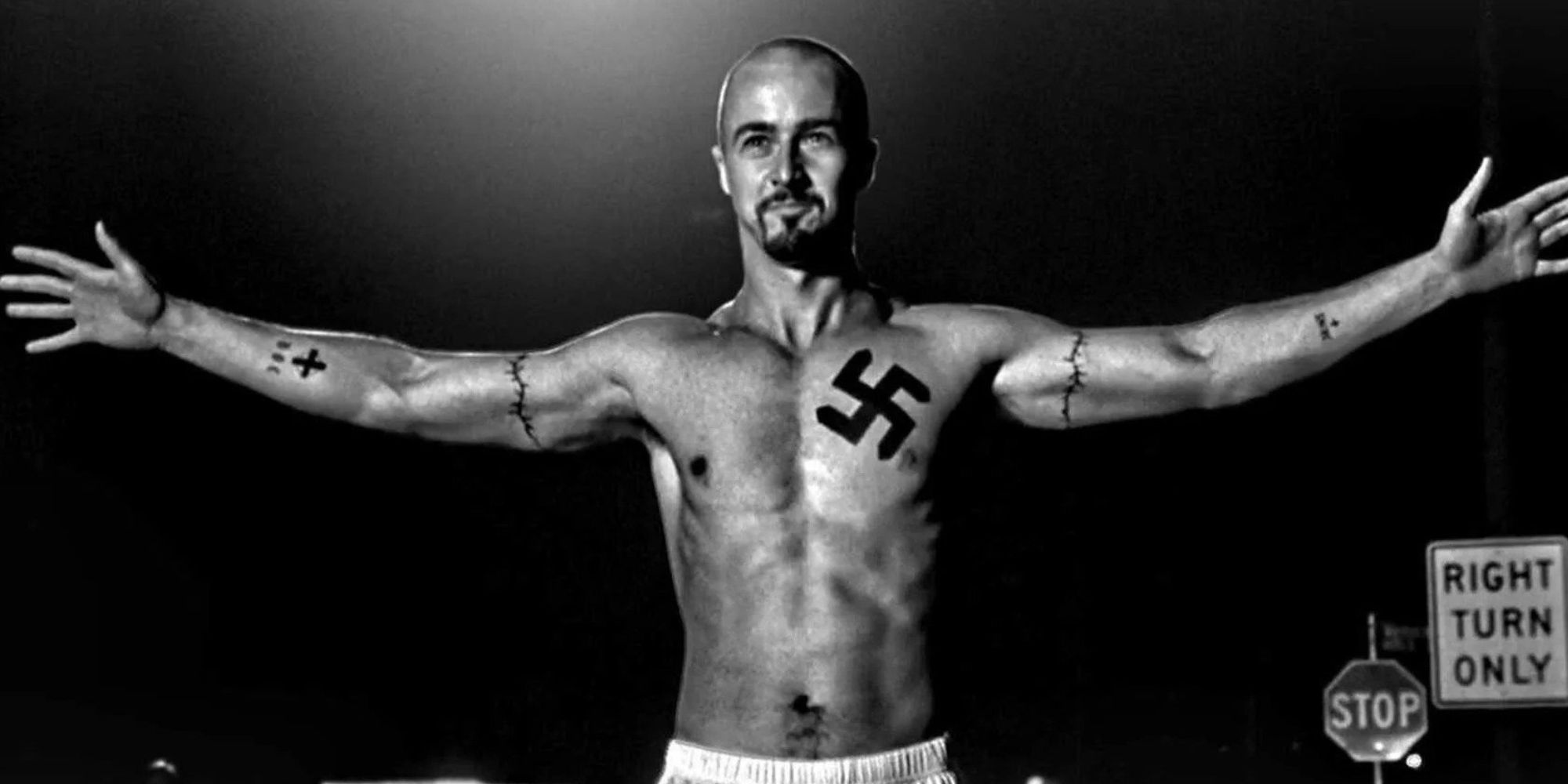Sometimes movies surprise us - a jump scare, a twist that came out of the dark, a killer on the loose - the unexpected is always lurking in the shadows. But, sometimes, we really don’t expect certain feelings to be evoked from particular genres: a child’s animation shouldn’t creep us out, right? Some movies may not be marketed to provide a chill down the spine, but their content has axiomatically made their mark one way or another. A depiction of reality too familiar, or one too far away from it, movies can creep us out without being the next Orphan.
Many fictional ideas can creep viewers out, and leave a lasting impression. Alternate universes where everyone you know has buttons on their eyes? A social delinquent who is forced to change his sickening ways through aversion therapy? A mother’s struggle with an emotionally cold son who ends up the talk of the town - these are the premises of movies executed in a way beyond their genre. From the children’s animation Coraline to the political commentary in American History X, compiled below is a list of movies that creeped out the masses, despite their non-horror appearance.
'Coraline' (2009)
She’s a peach, she’s a doll, she’s a part of the notoriously creepy children’s animation, Coraline! The dark fantasy stop-motion film stars Dakota Fanning as the titular character, who is abrasive and dissatisfied with her lacklustre life with her workaholic parents (Teri Hatcher and John Hodgman), until she ventures into her alternate reality where everyone she knows is her idealized version… only with buttons for eyes.
What makes Coraline so creepy is the rising tension throughout the film; a slow pace that lingers through dark visuals - button eyes, rats, and spindle-like fingers that will reach out in any moment. The grass isn’t always greener in Coraline: in fact, the grass is dead and painted, unsuspecting of the gloom within.
'One Hour Photo' (2002)
Psychological thrillers tend to have a chilling effect, and One Hour Photo is no different. Sy Parrish (Robin Williams) works as a photo technician, with his only form of intimacy and human connection manifesting through his attachment to photograph copies of his favorite customers - the Yorkin family (Michael Vartan, Connie Nielsen, and Dylan Smith).
Sy’s obsession with the family comes from the idealization that they are the perfect family, until that perception is shattered when he catches Will Yorkin (Michael Vartan) with his mistress Maya (Erin Daniels) in another customers' photos. One Hour Photo earns its creepy title through Sy’s self-insertion into the private life, reflecting on real concerns of surveillance and information sharing.
'Lemony Snicket's A Series Of Unfortunate Events' (2004)
Lemony Snicket’s A Series Of Unfortunate Events is a black comedy film that follows the Baudelaire orphans - Violet (Emily Browning), Klaus (Liam Aiken), and Sunny (Kara and Shelby Hoffman) - and their journey to find their forever home, which is threatened by money-hungry Count Olaf (Jim Carrey). Asides from the dark plot line that features murders, cruelty, and kidnapping, the film’s depiction of vulnerable children who try to protect themselves is the true hair-raising aspect.
Throughout the movie, the Baudelaire children tell the truth, but every adult they encounter is unreliable, unravelling in their own world, or blinded by perception. The humor in the film is largely undermined by the inescapable doom-and-gloom.
'Son Of Saul' (2015)
Movies that depict the Holocaust are harrowing, and Son Of Saul takes it to the next level with moral transparency and the dark truth behind survival. The movie (literally) follows Saul Ausländer (Géza Röhrig), a Jewish-Hungarian prisoner at Auschwitz who works as a Sonderkommando; tasked with collecting valuables from prisoners, dragging their deceased bodies out of the gas chamber, and cleaning the chamber before the next group arrives. His stoicism breaks when he sees the last breaths of a young boy after the gassing is over, where his purpose in life becomes his desire to give the boy a Jewish burial, performed by a Rabbi.
Although a fictional portrayal, Son Of Saul depicts the very real climate in which those in concentration camps during the 1940s suffered in; and renowned for its push back against the idea of conformity in the face of death that other Holocaust films push, it explores the depravity and desperation of those who suffered.
'A Clockwork Orange' (1972)
A Clockwork Orange is among the most infamous movies to talk about when it comes to creepy films - it encapsulates a lot of horrible events, but it’s not a horror film. The central character amongst the mayhem is Alex (Malcolm McDowel): an unapologetic delinquent who oversees a small gang he calls his ‘droogs’. Engaging in sickening acts (and ruining the song ‘Singin’ In The Rain’), Alex is finally arrested and sentenced to fourteen years in prison, where he is subject to a rehabilitation program in attempts to remove his malicious thoughts.
A Clockwork Orange is a sensationalist film, but rooted in it is an unrelenting nihilism that consumes its viewers. The film offers up Alex as an anti-hero that the audience ends up feeling sympathy for by the end; an unsettling move that has only again been conjured up in Joker.
'Watership Down' (1978)
Watership Down was created within the adventure-drama realm, but somehow turned into an adventure filled with emotionally-draining sequences featuring cute little rabbits. The movie chronicles the moment Fiver (Richard Briers) foresees the demise of his warren, unsuccessfully convincing the majority to leave before it’s too late. Accompanying him to safety is his brother Hazel (John Hurt), and six other fearful rabbits (Michael Graham Cox, Simon Cadell, Roy Kinnear, Terence Rigby, Mary Maddox, and Richard O’Callaghan) who embark into the woods, facing dangers and knowledge of the evils in the world.
A rabbit hole of mortality in the animal kingdom, Watership Down presents a reality of the brutality of nature and, sometimes, human interference. The fact that a children’s animation contained as much violence and adult themes scarred viewers well into adulthood, where many site Watership Down as one of the creepiest films around.
'We Need To Talk About Kevin' (2011)
Based on the novel of the same name by Lionel Shriver, We Need To Talk About Kevin is an uncomfortable viewing, depicting the life of a psychopath. Through the perspective of worried mother Eva (Tilda Swinton), We Need To Talk About Kevin explores the rocky dynamic between Eva and son Kevin (Jasper Newell/Ezra Miller), and the chronicling of his mental downfall. Between a mother who struggles with her son’s existence, and a son who torments her existence, the film convolutes the idea of nurture vs nature, and presents a parental guilt upon who Eva’s son grew up to be.
The film is talked about aplenty due to conflicting ideas about the true villain - Eva or Kevin - and provided a platform that handed out fear into parents. Often brought up as a link to horrific incidences of school shootings and other murders by the hands of those mentally disturbed, We Need To Talk About Kevin integrates a sense of reality that is shocking.
'Requiem For A Dream' (2000)
Featuring television and food-obsessed Sara (Ellen Burstyn) and her drug using son Harry (Jared Leto), and fellow heroine addicts girlfriend Marion (Jennifer Connelly) and best friend Tyrone (Marlon Wayans), Requiem For A Dream showcases bad habits and their eventual consequences. The film weaves its way between the moments of bliss, the spiral downwards, and the empty nothingness, showing the character’s ambitions and the lust for reality and hallucinogenic states to merge.
Requiem For A Dream’s representation of an altered reality due to drug addiction creates a creepy world of self-destruction that leaves viewers feeling unsettled. The psychosis isn’t just replicated in the film; it is evoked.
'The Passion Of The Christ' (2004)
Mel Gibson’s The Passion Of The Christ provides a depiction of Jesus Christ’s (Jim Caviezel) final hours, which elicited strong emotional responses to the suffering. The film narrates biblical events of The Passion, starting with the Agony in the Garden - where Jesus prays for God’s will amidst his impending pain - and ending with his crucifixion and resurrection. The Passion Of The Christ is notorious for its ability to make audiences feel uncomfortable, irrespective of religious beliefs.
Those who ascribe to the teachings of Jesus are invited to reflect on His suffering, and create emotional ties as the teachings of The Bible are brought to life - an uncomfortable reality that beckons prayers and recognition. Those viewers who aren’t religious may not have an identical emotional connection to the film, but undoubtedly an emotional reaction to the violent tale with brutal imagery and the depiction of persecution.
American History X (1998)
Starring Edward Norton as Derek - an ex-skinhead and neo-Nazi who returns home after a jail sentence - and his impressionable younger brother Danny (Edward Furlong), who Derek has unknowingly groomed to follow his same path, American History X may not appear as fear-evoking on the onset. While the harshest instances of racism has seemingly passed within history, the movie reminds us that it tethers with opportunity to revive; with radicalization, micro-aggressions, and impressionable minds becoming tainted with harmful ideology.
Although American History X is undoubtedly not a horror film, its pertinent use of the conventions of social horror is the force that terrorizes its audience. The film is a stark reminder that racism still lingers in modern times, threatening to seep into generations who are fuelled by agendas of hatred masked as revolution, and perpetuating a vicious cycle. The film’s message of racism not only shows how people can change, but how actions can still lead to consequences, regardless of it.


